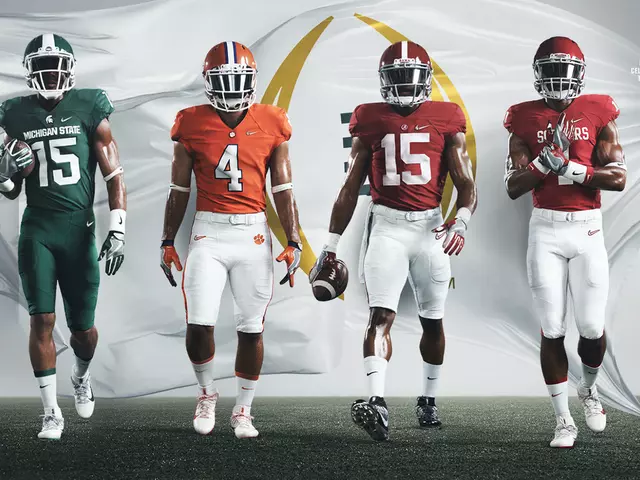Transgender Debate in Football – Key Points for Fans
When you hear the words “transgender debate” and “football” together, you might wonder why they’re linked. The short answer: gender identity is becoming a real factor in how clubs, leagues, and fans think about the game. From locker rooms to stadium chants, the conversation is changing the way we all experience football. In this guide we’ll break down what’s happening, why it matters, and what you can do as a supporter.
Why the Debate Is Heating Up
One big driver is the rise of high‑profile players who identify as transgender. Their stories put a human face on a policy issue that used to feel abstract. At the same time, governing bodies like FIFA and national associations are drafting new rules about who can play in which gender category. Those rules affect everything from youth academies to senior teams, so clubs are forced to choose a stance.
Fans also play a role. Social media makes opinions louder and faster, and you’ll see heated threads about fairness, safety, and inclusion. Some argue that allowing transgender athletes could give them an advantage, while others point out that exclusion harms mental health and denies talent. Both sides use statistics and personal anecdotes, making the debate feel both technical and emotional.
How Clubs and Leagues Are Responding
Most professional clubs now have diversity officers or inclusion committees. Their job is to create policies that respect gender identity while keeping competition fair. For example, some teams offer gender‑neutral changing rooms and educate staff about pronoun use. Others work with medical experts to set hormone‑level thresholds for competition eligibility.
Leagues are also testing new approaches. A few have introduced a “case‑by‑case” review process, letting medical panels decide if a player meets the criteria for a specific gender category. This method tries to balance fairness with individual rights, though critics say it can be inconsistent.
On the grassroots level, youth clubs are adopting inclusive registration forms, allowing kids to select the gender they feel matches them. Coaches receive training on how to support transgender players, from dealing with locker‑room dynamics to handling hecklers in the stands.
As a fan, you can help shape the conversation. Speak up against bullying, use correct names and pronouns, and share articles that show balanced perspectives. If your club has a fan forum, bring up inclusion topics there. Remember, the goal isn’t to pick sides for the sake of drama—it’s to keep football a space where anyone who loves the game feels welcome.
Bottom line: the transgender debate isn’t a passing headline; it’s becoming part of the everyday fabric of football. Whether you’re watching a match on TV or cheering in the stands, the policies and attitudes you encounter will reflect how clubs and leagues handle the issue. Staying informed, listening to players’ stories, and supporting respectful dialogue will make the sport stronger for everyone.



